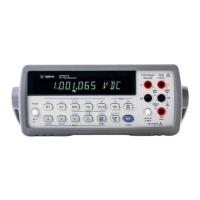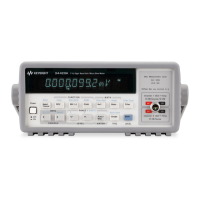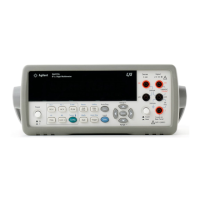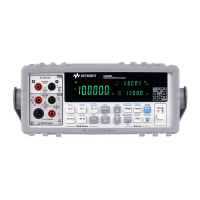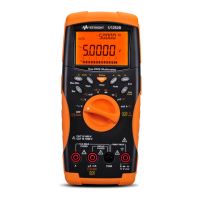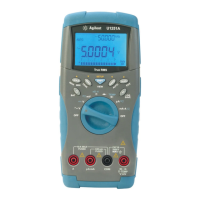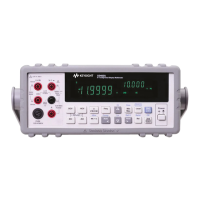Chapter 6 Command Reference 167
CONT
• Related Commands: CALL, CONT, DELSUB, PAUSE, SCRATCH, SUB,
SUBEND
Example
The following program statement compresses subprogram TEST12 (previously
downloaded).
OUTPUT 722;"COMPRESS TEST12"
CONT
Continue. Resumes execution of a subprogram that has been suspended by a
PAUSE command.
Syntax CONT
Remarks • The GPIB Group Execute Trigger function may also be used to resume
execution of a suspended subprogram.
• Only one subprogram will be preserved in a suspended state. If a subprogram
is paused and another is run which also becomes paused, the first will be
terminated and the second will remain suspended.
• Related Commands: PAUSE, SUB, SUBEND
Example OUTPUT 722;"CONT” !CONTINUE SUBPROGRAM EXECUTION
CSB
Clear Status Byte. Clears (sets to 0) all bits in the status register.
Syntax CSB
Remarks • If a condition that set a bit in the status register still exists, that bit will be set
again immediately after the CSB command is executed.
• When you clear bit 6 (service requested), the multimeter sets the GPIB SRQ
line false.
• Related Commands: RQS, SPOLL (GPIB command), STB?
Example
OUTPUT 722;"CSB" !CLEARS THE STATUS REGISTER
